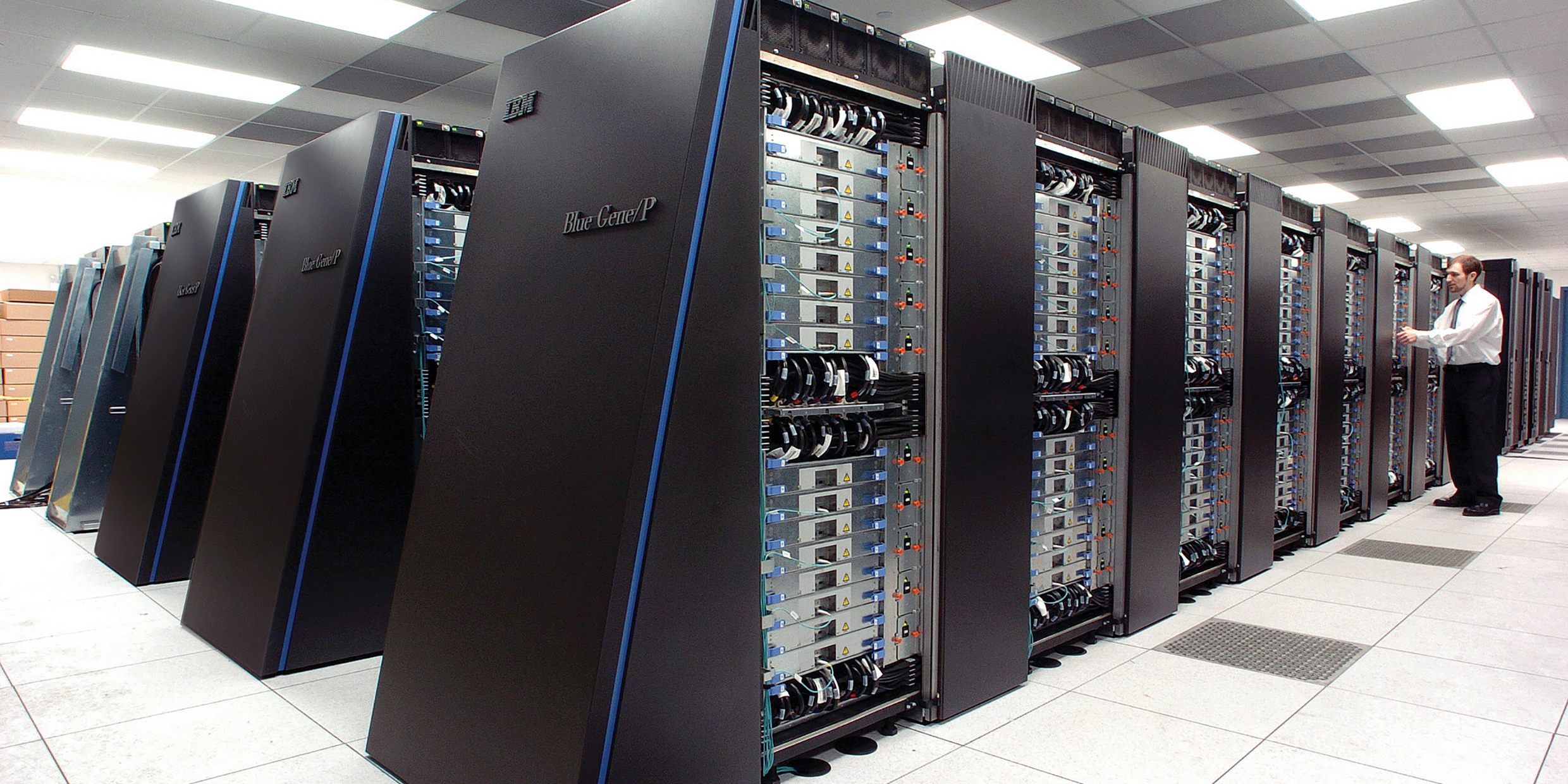Originally published 16 December 1985
There is a new generation of supercomputers on the horizon, machines that are many times faster and more powerful than anything existing today. It is my guess that the new machines will revolutionize physics. They will not just change the way we do physics; rather, they will change the way physicists think about the natural world. Let me explain.
I have a friend, a physicist, who tells his students, “If it’s not simple, it’s not physics.” He does not mean that physics is easy. He means that physics is the search for nature’s fundamental laws, and it is the physicist’s deep conviction that those laws are elegantly simple.
That conviction has been confirmed by the success of physics over the past few centuries. With only a handful of simple mathematical equations, physicists can explain an astonishing variety of natural phenomena.
Simple systems only
The problem with this method of investigating nature is that the mathematical equations can be solved exactly only for very simple systems. For example, the equations for gravitational interactions can only be solved explicitly for two or three mutually interacting objects. That is enough to describe the motion of the earth about the sun or a ball thrown into the air, but it is of little use for describing how two galaxies collide or how a spacecraft wends its way among the many moons of Jupiter.
To overcome this limitation, physicists look for approximate solutions to the equations. Obtaining the approximate solutions is usually a time-consuming business of “number crunching.” The early history of computers was largely a story of trying to find machines that would make the number crunching less tedious.
But even as physicists used computers as tools for finding approximate solutions to their equations, they remained convinced that it was the exact solutions that captured the essence nature’s beauty. Some theoretical physicists I know scorn the use of computers as a cheap and unsatisfying way of doing physics.
But now, after several decades of using high-speed computers to investigate complex phenomena, many physicists believe the machines are subtly transforming our attitudes about order and beauty in nature. They argue that there are significant patterns in nature that emerge only at higher levels of complexity, patterns that are not apparent in the “simple” equations and their exact solutions.
This newly emerging philosophy of natural form has made physicists more anxious than ever to gain access to the coming generation of supercomputers, not just as number crunchers but as instruments — like telescopes or particle accelerators — for exploration and discovery. For a while, it seemed that the cost of such machines would put them beyond the reach of purely academic research. But now the National Science Foundation has committed $200 million over the next five years to create a system of national supercomputer research centers open to everyone in the scientific community.
Four supercomputer centers will be established, at the University of Illinois, Cornell University, Princeton University, and the University of California at San Diego. Larry Smarr, the director of the Illinois center has called the establishment of the centers “the beginning of a true revolution” in science. Kenneth Wilson, who heads the Cornell center, has referred to “a new strategy for scientific investigation.”
Probing complexity
It may no longer be true to say that if it is not simple it is not physics. Smarr has said this: “Many of the phenomena of nature are inherently unsymmetrical and time-dependent. The beauty of the ever-changing, three-dimensional structure of clouds is surely as great as the beauty of a perfect crystal. To explore such phenomena requires the ability, which (the supercomputers) give us, to probe complexity.”
It has become possible to simulate on the screen of a computer things that elude classical analytic description: for example, the interaction of colliding galaxies, the swirling patterns of global weather, or gas streaming into a black hole. What impresses all observers of these efforts is the stunning beauty that characterizes the dynamic computer simulations.
The panoramas on the computer screen exhibit a lush and extravagant beauty quite unlike the spare elegance of the traditional solutions to the equations of physics. The traditional solutions are satisfyingly simple, but the computer simulations more closely approach nature’s own unbridled exuberance of form.



